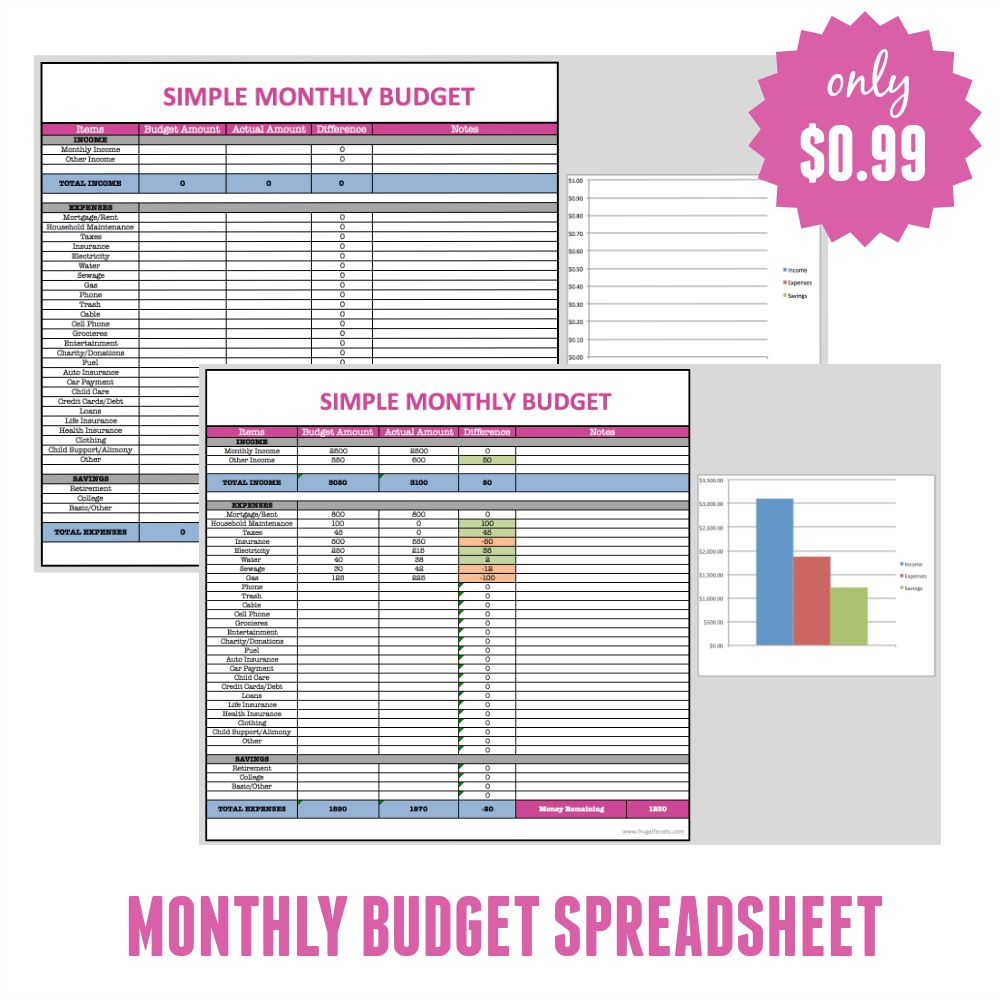
Distributor Initiated Transaction (DIT)ĭisclaimer : The calculators are based on assumed rate of returns and meant for illustration purposes only.Watch this video to understand what makes up a typical mortgage payment – principal, interest, taxes, and insurance – and how they can change over the life of the loan.Ĭheck today’s rates to see our current interest rates. Video – The components of a mortgage payment Like taxes, insurance costs are usually collected and paid from an escrow account.ĭepending upon your property location, property type, and loan amount, you may have other monthly or annual expenses such as mortgage insurance, flood insurance, or homeowner association fees. The part of your monthly payment that pays for homeowners or hazard insurance, which provides protection against losses from property damage due to wind, fire, or other risks. We typically collect a portion of these taxes in every mortgage payment and hold the funds in an escrow account for tax payments made on your behalf as they become due. The part of your monthly payment that goes toward property taxes charged by your local government. The part of your monthly payment that goes toward the cost of borrowing the money. The part of your monthly payment that reduces the outstanding balance of your mortgage. Your monthly mortgage payment is typically made up of four parts: The APR lets you compare mortgages of the same dollar amount by considering their annual cost.

This cost is known as the annual percentage rate (APR), which is typically higher than the interest rate. The cost of a mortgage is reflected by the interest rate, discount points, fees, and origination charges. Remember that interest rates only tell part of the story.

The interest rate is the percentage of your loan amount we charge you to borrow money.Here are some terms you should understand. If you obtain home financing, you’ll repay more than the amount you borrowed because the amount you repay is determined by several factors, including the interest and loan amount.


 0 kommentar(er)
0 kommentar(er)
